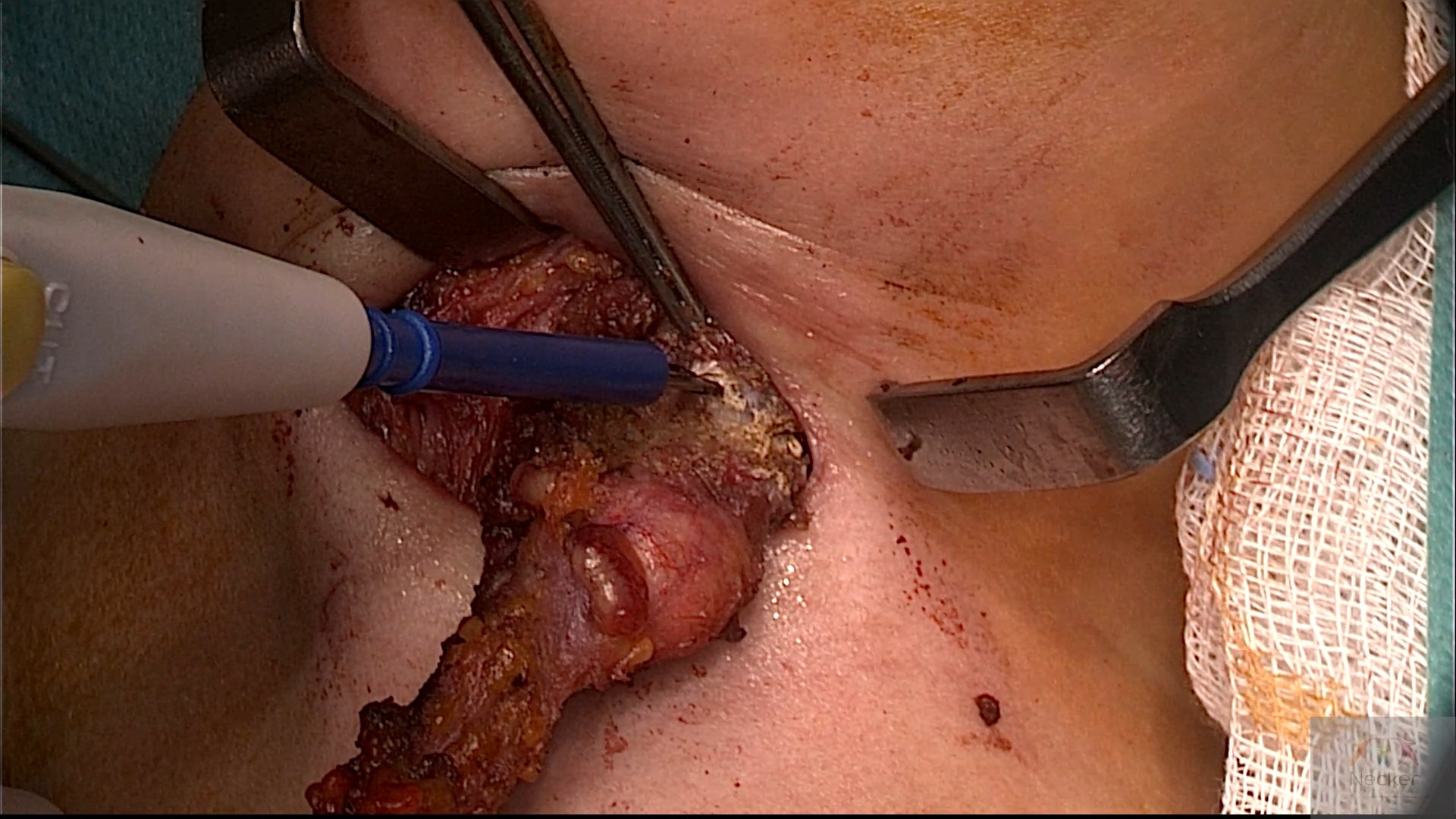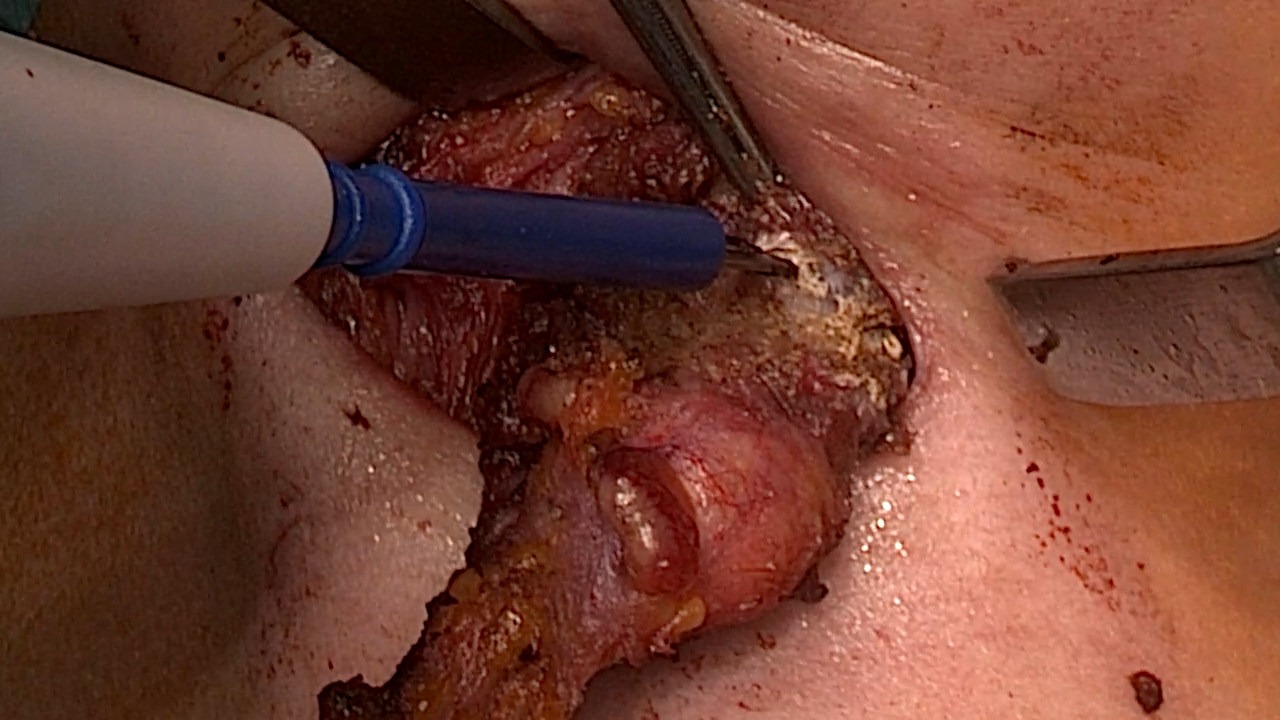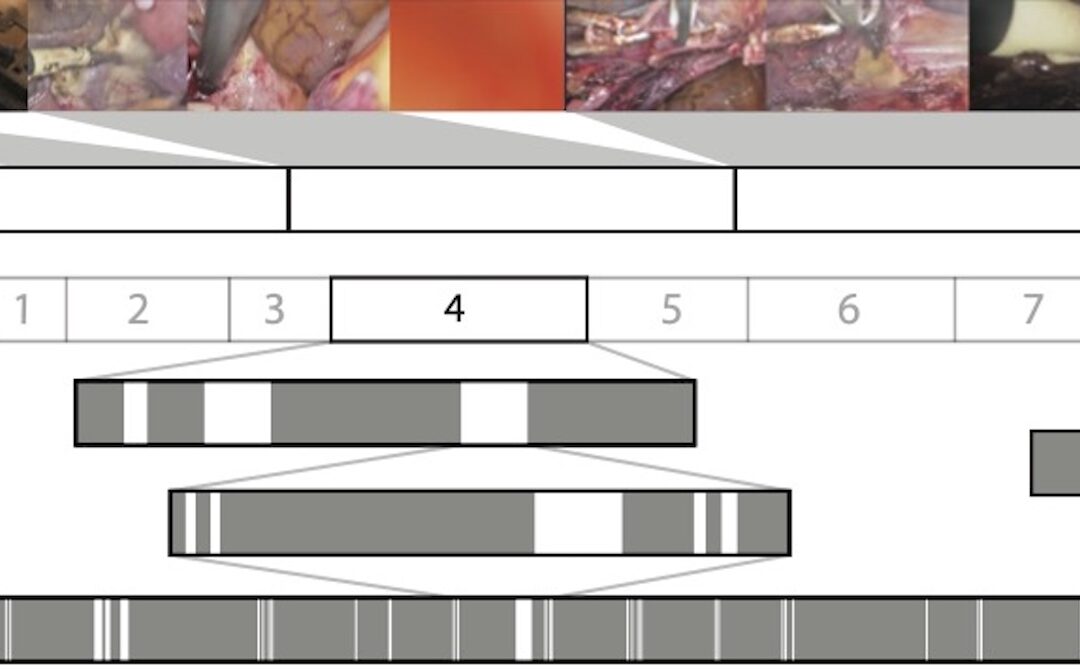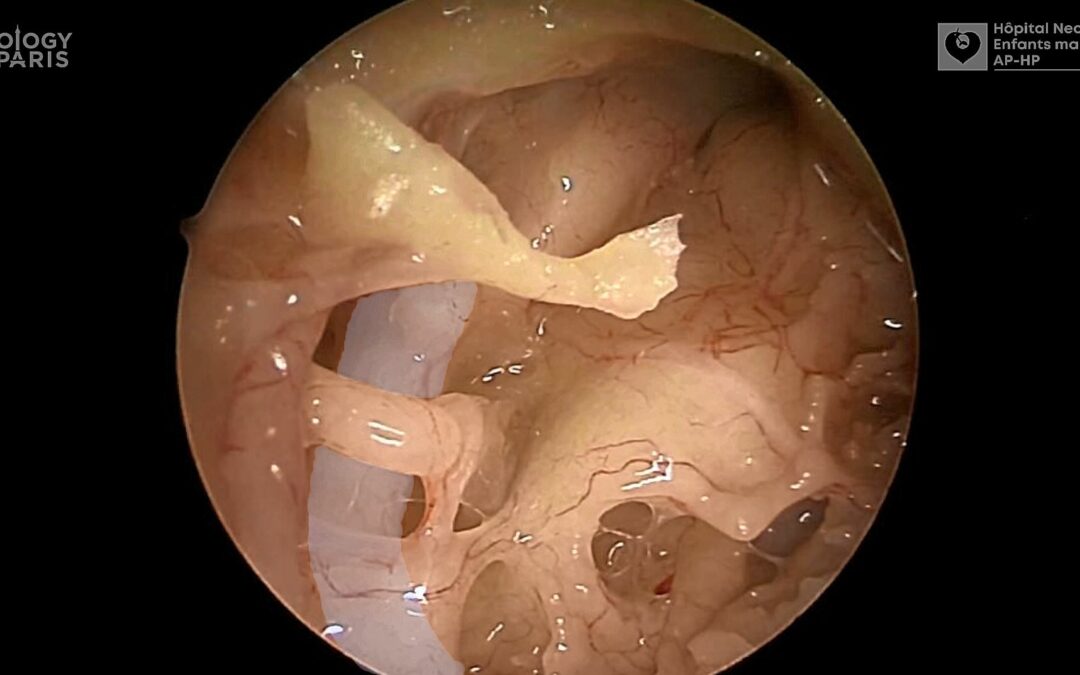Understanding the technical characteristics of a surgical video
When you start out in video editing, you discover a new way of expressing yourself: technical jargon. Codec, bitrate, resolution… What are we talking about? Here’s a summary of the most important terms.

Clockwork
Understanding the technical characteristics of surgical videos is a valuable aid to managing the size and quality of the final file – everything is linked and interacts.
This fact sheet provides a reminder of the technical information you need to know when starting out. Knowing these principles also means understanding and knowing how to apply the standards recommended for surgical videos, for which we remind you in the technical data sheet:
Format : MPEG-4
Codec : H.264
Bitrate : 3 to 6 Mbps (for 1080p)
Length of the video : 3 to 5 minutes maximum
Don’t panic!
This article has been designed as a checklist of the technical characteristics of a video for beginners, and goes back over the concepts presented above.
Understanding the basics: resolution
The resolution of an image, whether still or moving, is the concept from which all the others derive. In short, it’s what defines its size: it designates the number of pixels, tiny squares of colour, making up the width and height of the image (width*height). It is often the height that is most important to name resolution: for example, Full HD (the most common resolution on the internet) is designated 1920*1080 but also 1080p.
In practice, the more pixels there are, the better the quality, and therefore the more accurate the representation of a surgical operation. At the same time, the larger the final video file will be.
Resolution standards
In the audiovisual sector, modern standard formats have been defined to make them easier to identify and use.
- High Definition (HD) refers to an image measuring 1280 pixels by 720 (1280*720). It is used to achieve acceptable image quality while minimising file size.
- Full HD (1920*1080) is the most widespread resolution on the Internet.
- 4K (4096*2160), sometimes called Ultra HD, is the highest resolution currently standardised.
In most cases, full HD is recommended for surgery.

Input and output resolution
When we talk about the recommended optimum resolution, we are talking about the resolution of the video once it has been produced. This should not be confused with the resolution of the raw video, when the video is being recorded, defined in the settings of the video acquisition instrument.
It is important to bear in mind that the resolution of the rushes cannot be lower than the desired final resolution. To obtain a high-definition clip, rushes can be shot in 1080p for example, or in 4K in order to zoom in without any loss of quality.

A video in 1080p resolution is sometimes too wide…

… and it may be preferable to crop a centred video with a lower resolution (720p).
This parameter should be taken into account right from the start of the shot.
In the operating theatre, some cameras do not give you control over the settings (particularly in operative instruments or cameras used for assisted surgery with optical surgical devices, such as minimally invasive surgery). In this case, the idea is to choose your equipment according to the constraints of the operating theatre, the type of operation and the surgical instruments used.
The same principle applies to photos and graphics, and even to images downloaded from websites, where the resolution is not always optimal.
Compression, volume and quality, how it works
While understanding the principle of resolution is the first step in understanding image quality, it is not the only term you need to know. To go further, we need to look at a slightly more advanced concept: bitrate.
Bitrate, the crossroads between size and quality
The bitrate is a big word for what is ultimately a very simple concept: it is the volume of information transmitted per second. The more of it there is, the more accurately the image will be reproduced… and the larger the final file will be.
Bitrate is expressed in kilobits (kbps) or megabits per second (Mbps).
Not all videos need the same bitrate to have good quality. In a James Bond film with action and explosions, there is a lot of information per second to encode: the bitrate needs to be high (>10Mbps) to have a good quality video. In the video of a still landscape with a butterfly flying, this is much less the case. So optimum quality can be achieved with a lower bitrate (<5Mbps).

A high bitrate is necessary to obtain good video quality in an action film…

…whereas the bitrate can be lower for the same quality when there is less movement (as in a surgical procedure).
Finally, the bitrate depends on the resolution, because the more pixels there are, the more information there is to encode.
In other words, in a surgical context where movements are slow and precise and simple effects are used, the bitrate does not need to be high to have the best quality and have a detailed account of the procedure.
Reducing the file size: compression
Yet the cameras used in the operating theatre generate files that are often very large (up to 16 Mbps !). Having the possibility to simplify the processing of information is a major challenge for surgical videos: we talk about compression.
There are two methods of compression:
- without loss of quality, but with limited effectiveness in terms of weight gain;
- with loss of quality, often invisible to the naked eye, and with a much greater reduction in file size.
The second method is widely preferred, particularly for surgical videos where the images are not complex enough to require a high bit rate.
For example, for a 5-second surgical video recorded in the OR in 1080p and 16Mbps, the raw file size will be 9.82MB. The same video can be encoded at the same quality in 5Mbps, for a size three times smaller (3.50Mb). It can also be encoded in 1Mbps (1.13Mb), but this time the loss of quality will be visible.
Visual rendering is identical from 16Mbps to 5Mbps, but starts to deteriorate below 3Mbps with a few visible pixels, and becomes frankly poor quality below 1Mbps.
The file format, the video data centre
Different tools are used to compress videos: these are codecs, or a way to encode information. On the Internet, the most popular is the H.264 codec. It produces good quality images and a small file size.
These codecs are contained in the file formats which are usually well-known:
- MOV (for Mac) or AVI (PC): worth knowing but little used ;
- MPEG-4 (whose .MP4 file extension is better known), used on all operating systems. This format is currently the standard for online videos.
Read more

Surgical Video Summarization: Multifarious Uses, Summarization Process and Ad-Hoc Coordination
While surgical videos are valuable support material for activities around surgery, their summarization demands great amounts of time from surgeons, limiting the production of videos. Through fieldwork, we show current practices around surgical videos. First, we...

ResoMeds: a social network sharing videos
Case reports enrich medical knowledge and training, and improve practice [1-4]. However, their publication is often limited in existing journals [5]. We aim to highlight the importance of creating a platform for physician exchange to promote peer learning, case...

Videos improve knowledge retention of surgical anatomy
In otolaryngology, a new publication shows that an educational video improves anatomy learning and knowledge retention in the long term. This study conducted by the ENT team at Necker-Enfants Malades, APHP (Université Paris Cité) and led by Pr François Simon shows the...

Surgical videos: using the most efficient medium. AGOF’s associative experience
In 2010, the French National Authority for Health (HAS) issued the famous slogan for apprentice surgeons: "Never perform surgery on a patient for the first time" (1). It is sometimes difficult for a young surgeon to accept that he or she has not received sufficient...
